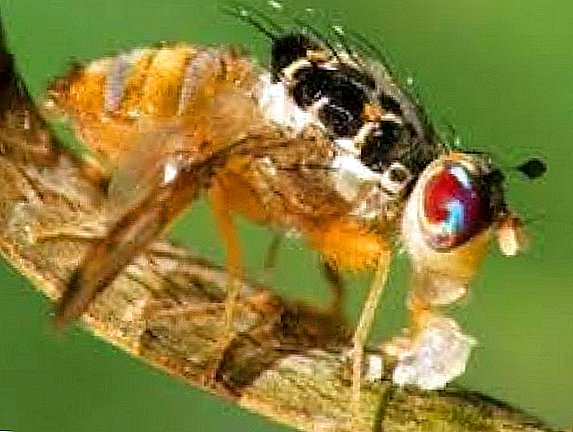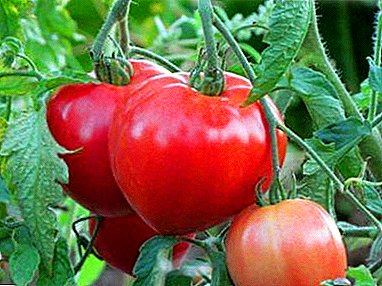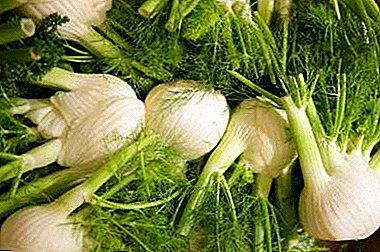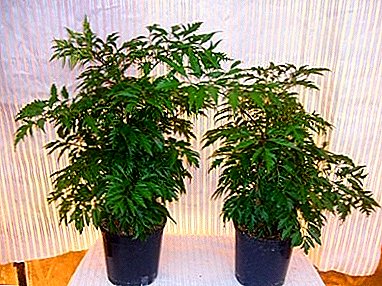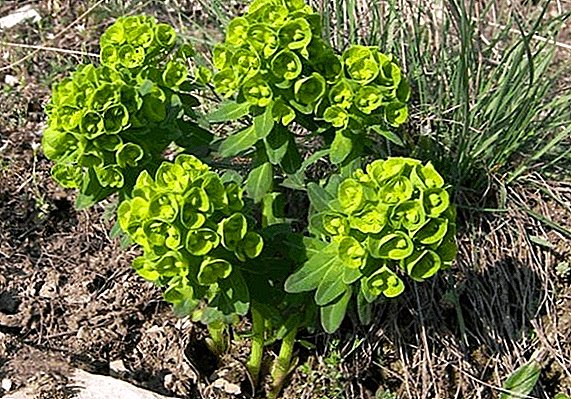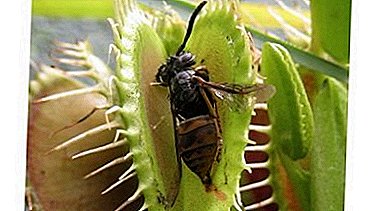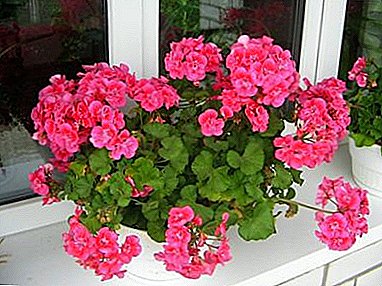
Easy care is one of the main advantages of this decorative flower. It is known that this plant is used not only as a decoration of apartments, but also has healing properties.
Also room geranium is attractive for enviable longevity. With the right care, you can grow a beautiful and lush plant and enjoy the beautiful flowers for several years.
Features of growing
Geranium is not at all capricious in the care. But this does not exclude the presence of certain features of growth in the home. In decorative floriculture, you can find thermophilic and shade-loving varieties of the geranium family. Known and shade-tolerant and drought-resistant representatives. Therefore, even such an unpretentious flower as geranium requires special attention.
Before buying a geranium one should find out what conditions a plant will need for a comfortable life. Otherwise, it is necessary to correct the mistakes made during the care, and this may not always be easy and fast. It should be understood that if you put a shade-loving geranium on the sunny side, then it is quite possible to ruin a flower.
Be sure to pay attention to the appearance of geraniums. This is the brightest indicator of flower health. For proper growth, wilted flowers need to be removed, pinching young shoots to accelerate growth and flowering. Every year the geranium requires pruning to keep it decorative.
Location
Most indoor geraniums are light-loving plants. For them, the sunny side window sill will be an ideal place to grow. Shade-tolerant representatives of geranium can be located in full sun and in partial shade. Shade-loving geraniums prefer places where shadow, moisture and moderate temperatures reign.
How often to water?
No need to water the geraniums often. The main landmark is the top layer of the earth. If it dried up, then watering should be done. Use only defended water. It is not advisable to pour chlorinated water. The water temperature should be close to room temperature, so you can avoid burns of the root system or frostbite. Water should not fall on the stem and leaves of the plant.
Important! Water should not stagnate. This can lead to decay of the roots. You should not think that it is necessary to inspect the soil every day; it is enough to check the soil moisture once every three days. That will be quite enough.
Fertilizers
For preventive purposes fertilizing with universal fertilizers is recommended once every two weeks. Very often, the plant can show its appearance on the need for feeding.
Trimming and Pinching
Experienced gardeners advise you to prune geraniums every year, preferably in spring. It is necessary to do this so that every year the plant pleases with abundant flowering and does not lose its decorative effect. It is advisable to pinch the tops of the shoots. They can also be used for further rooting and obtaining new plants.
A photo
Next you can see the photo of a flower in a pot.





How to take care to bloom?
For for geranium to bloom it is necessary to create some conditions, maintain them and carefully monitor the health of the flower. We present tips for beginners, how to care for a plant at home in a pot so that it blooms?
- Geranium loves closeness, so in order for it to release the buds you need to repot it in a small pot. As soon as the root system fills almost the entire space of the pot, geranium can give all its power to flowering.
- For the cultivation of geranium should choose the soil for flowering plants.
- Flowering can be achieved with regular fertilizing. Preference should be given to potash fertilizers. It is also sometimes advisable to add nitrogen supplements. Organic is better not to use, it can harm the plant.
- Annual pruning has a beneficial effect on the formation of buds. This way you can provide additional strength for flowering.
Possible problems and illnesses
Geranium can undergo a variety of diseases and disorders. Let us consider in detail each of them and give tips on how to reanimate the plant.
Yellow leaves
The most common problem with this plant is the yellowing of the leaves. For most gardeners, this is the worst dream, because they confuse it with illness. If there are no other symptoms of the disease, then for geranium yellowing of the leaves is considered normal. This is due to the fact that the plant sheds old leaves to form new ones.
The yellowed edges of the leaves - a sign that says the need to increase the volume of watering. If, in addition to yellowing, there is lethargy, then watering should be reduced. When yellowing only the lower leaves should be moved to a more lighted place. Lack of light is considered the main cause of this problem.
Another cause of yellowing can be considered an incorrectly chosen pot. If you choose a narrow container, the root system will not be able to develop properly, therefore, some parts of the geranium will begin to die off. After transplantation, the leaves may also turn yellow on the plant, there is nothing to worry about. You just need to cut them and geranium will grow further. Worry is to start when the flower is sick with rust, in this case it is necessary to urgently treat the infected geranium.

Rust
The name is explained by the appearance on the leaves of rusty yellow zones after the disease. One can notice on the leaf plates the pads that, when opened, release spore powder. In the later stages of the disease, the plant fades and crumbles. The conclusion is the decay and blackening of the geranium. Treatment affects the affected plant only in the initial stages. Recovery consists of several procedures.
- Removal from the soil of weeds and fallen parts of the plant.
- Bottom watering.
- Fungicide treatment.

Does not bloom
The reasons why geranium does not bloom may be several:
- Not enough lighting.
- Temperatures are not met.
- Not properly selected pot.
- A large amount of fertilizer.
- Insufficient nutrients in the substrate.
- No trimming is done.
Most of the items on this list are mainly due to impaired care., therefore, to eliminate them, it is only necessary to restore the correctness of the treatment of the flower. You can simply provide the plant with a source of additional lighting - a fluorescent light. If possible, then simply move to a more suitable place. More difficult question about soil, it is necessary to choose it carefully. About which substrate to choose was written above.

Dries up
Two options are possible:
- Dry edges of leaves - the result of insufficient watering. Normalizing watering, you can reanimate the flower.
- Dries the flower itself. The cause may be a fungal disease. For the treatment of geranium it is necessary to add a solution of Bordeaux composition to the water for irrigation. Plus, you can treat the plant Fitosporin twice. There should be 14 days between treatments.

Mushroom Botrytis
It is fairly easy to recognize this disease because its symptoms are very specific. When infected with a fungus, the geranium is stained with gray and down. The plant looks lifeless and lethargic. On the stems can be found patches of brown. The first stage of the disease begins with the decay of the stem. Next, the fungus moves to the leaves, which will cause them to fall.
Only a plant with weak immunity is susceptible to infection. It weakens its banal overwetting.
Rehabilitation of infected geraniums consists of several stages.
- Cleaning the soil from weeds and fallen parts of the plant.
- Loosening the earth to improve the processes of absorption and drying.
- Remove infected parts of geraniums.
- Chemical treatment of flower fungicides.
Watering is desirable to carry out until 11 am to improve the absorption and drying of the earth.

Root rot
The main cause of root rot is infection by a fungus. Symptom of the disease is yellowing of the foliage. After the first signs appear, a change in yellow to brown, black can be observed after some time. Moreover, the geranium is covered with a light film similar to a web.
To eliminate the disease it is necessary:
- Loosen the soil.
- Remove infected areas of the plant.
- Treat fungicides for weeping soils.
Do not use high nitrogen fertilizers.

Bacterial disease
The cause of the disease is the appearance of germs. Symptoms of infection are easy to recognize. On the leaves appear brown spots in the shape of a triangle.
Rehabilitation:
- It is advisable to transplant the plant into a new soil. If this option is not suitable, then the soil must be cleaned.
- Water only in the morning.
- Treat with fungicides.

Viral infections
All symptoms of viral infections vary widely. Maybe the plant will stop growing or on it will appear circular spots of brown-purple hues. Infections are considered carriers of viral infections. Therefore, treatment should be accompanied by the disposal of the room where the flower grows from them. Rehabilitation itself is no different from the treatment of bacterial diseases.

Leaf spot
- Alternaria Symptoms of the disease: the appearance of bubbles and spots on the back of the leaf plate. Further the leaf turns yellow and falls.
- Cercospora On the plant you can notice pale hollow areas, which after a while become gray. The next stage of the disease is characterized by a change in the color of the affected areas from gray to brown. And in the center they rise a little.
Treatment:
- Remove affected areas.
- Thaw the spikes.
- Treat with fungicides.

Edema
With edema, light green bubbles can be found on geranium leaf sheets.filled with liquid. Over time, they become brown in color. Causes of edema: a surplus of moisture and low air temperature and soil. It is quite easy to get rid of edema - it is necessary to create optimal conditions for growing.

It is quite easy to care for geraniums, even if it is sick, the treatment does not constitute major difficulties, the main thing to notice the problem in time. And for this you need to be just more attentive to the beauty of geranium. In response, she will give beautiful flowering and create a healing atmosphere in the house. A medicinal plant can kill many bacteria and heal various diseases, starting with the common cold and ending with purulent wounds.



